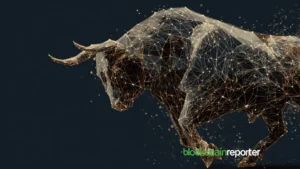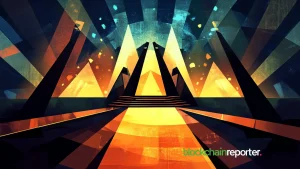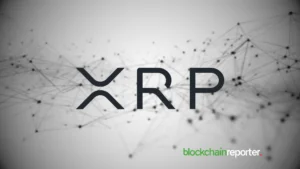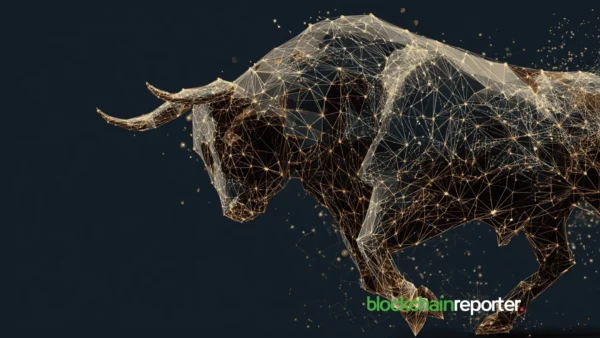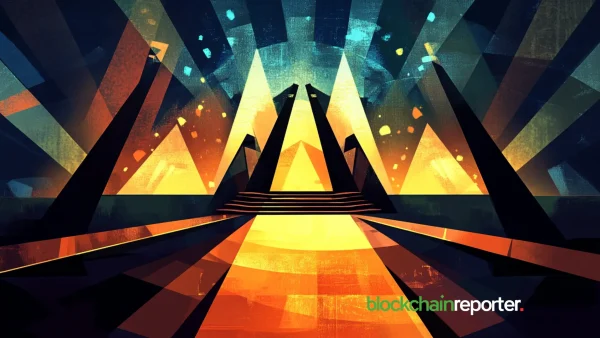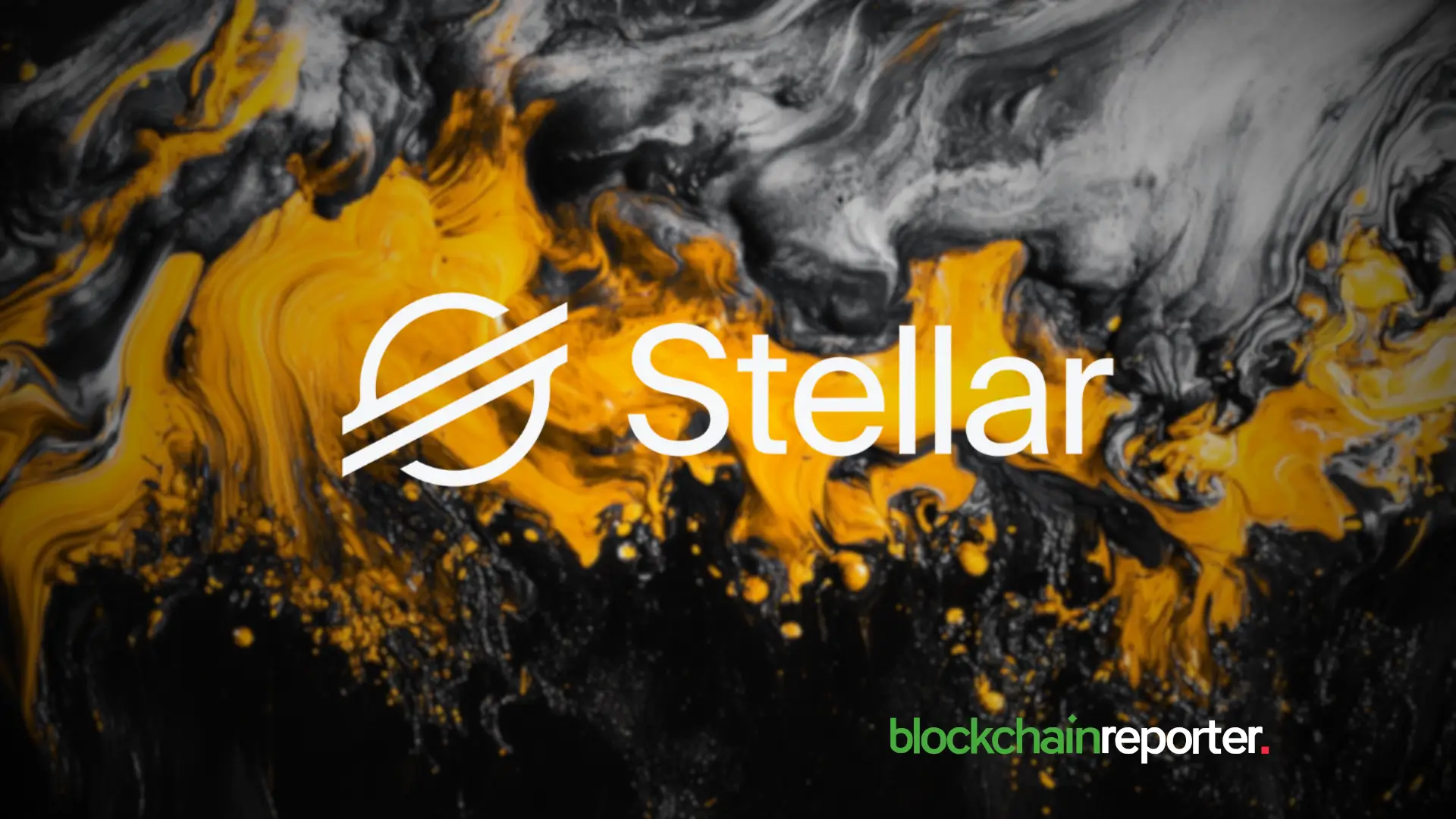
- Ripple’s chief technology officer (CTO) has said that the Stellar-IBM alliance entirely misses the point of blockchain technology.
- Schwartz also claimed that XRP is not susceptible 51% attacks like PoS and PoW based cryptoassets
- Schwartz says XRP is entirely decentralised, contrary to the opinions of some critics
In a lengthy question and answer session held on Quora, a popular question-and-answer website on Tuesday, Ripple CTO David Schwartz used the opportunity to shed light on numerous topics pertaining Ripple fintech firm, XRP and the entire distributed ledger technology ecosystem. However, he also went on a tangent trash talking the recent Stellar-IBM partnership.
Blockchain in finance & supply chain
The Quora Q & A session conducted on April 2, 2019, saw several users of the platform ask Ripple CTO David Schwartz many questions including the most significant use cases for blockchain technology and XRP, XRP centralisation controversy, dApps development and even the Stellar’s partnership deal with IBM.
Unlike Cathy Bessant, the technology officer of the Bank of America (BOA), who recently said she has yet to see any significant use case for blockchain technology, Schwartz has stated that DLT has a huge role to play in the financial sector, supply chain and others:
“The most obvious and ready use cases involve payments and stores of value. Close to payments are use cases such as securities settlement, trade finance, lending, and so on. These use cases typically involve a payment plus something else that can also benefit from DLT. This is why Ripple focused on payments very early. Asides payments, the use cases can get more speculative. I’ve talked about using private blockchains with zero knowledge proofs to solve problems such as tracking the provenance of luxury goods and vaccines.”
When asked to explain the level of control Ripple has over XRP, since some observers in the cryptospace firmly believe that the former has absolute power over the altcoin since it holds the largest share of XRP.
“The XRP Ledger is open source technology with a robust community of developers, so if Ripple were to vanish, XRP and XRP Ledger would remain. By design, XRP is an independent digital asset and transactions are validated in a completely decentralised manner through the consensus process – which means the stakeholders of the system collectively power the transactions, not any individual or entity,” he claimed. Ripple does still hold 60% of the total supply, however.
Proprietary consensus protocol
While established digital assets like bitcoin (BTC), ether (ETH) and several others use either the proof-of-work (PoW), proof-of-stake (PoS) or even the DPoS consensus algorithms to secure their networks against 51% attacks or double spending, XRP uses its proprietary XRP Ledger Consensus Protocol and Schwartz has said that this protocol is the best:
“Digital assets that are susceptible to 51% attacks are based on proof-of-work (PoW) and proof-of-stake (PoS) systems, because essentially anyone can accumulate 51% of power over the system through enough mining resources or staking power. The XRP, on the other hand, is not vulnerable to these attacks as it uses a Distributed Agreement System – in which validation power is acquired through more democratic means. To reach such a high concentration of power, you would have to convince other stakeholders in the network that you should hold that power.”
Earlier in February 2019, reports surfaced that IBM and Stellar (XLM) had joined forces to make it possible for banks to use the Stellar blockchain for cross-border payments. Schwartz condemned the move, arguing that:
“It misses the point of blockchain completely. The root problem is that global payments infrastructure is centralised – IBM, SWIFT, and the rest of the old guard attempt innovation with DLT, but do not solve the centralisation issue. IBM has positioned itself as the central operator of the Stellar network, meaning it approves all validators and therefore controls the transactions.”
